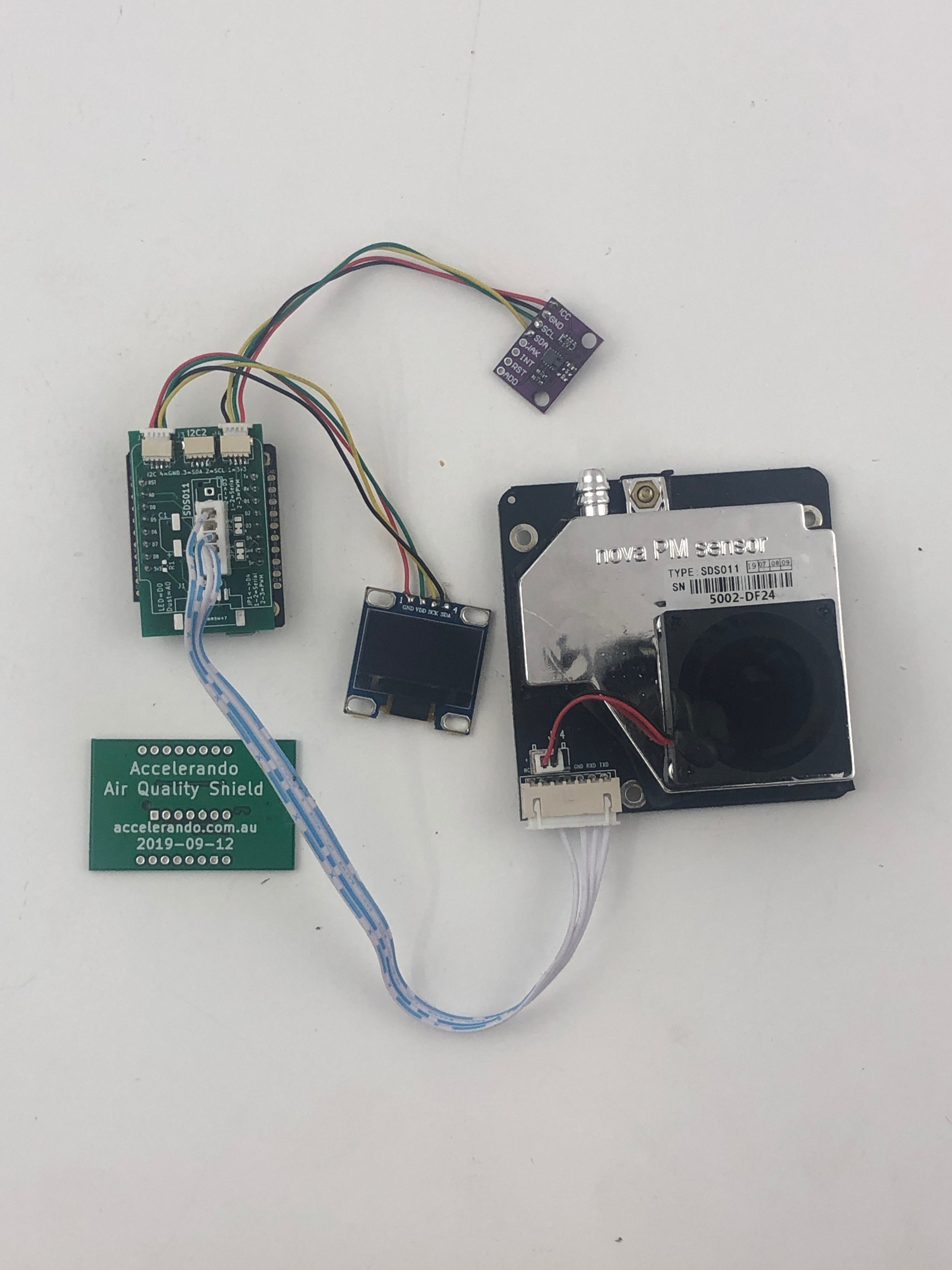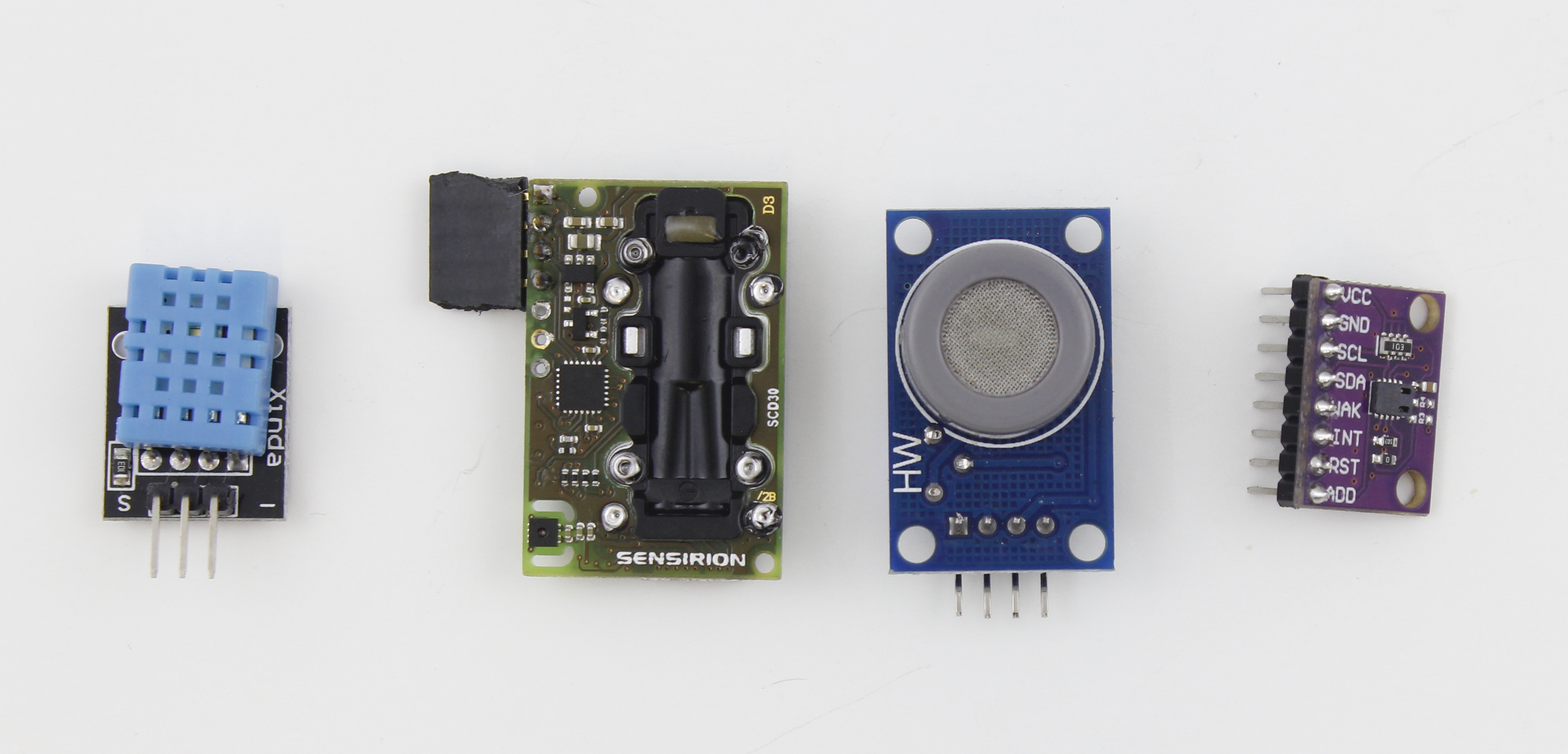IocTober Day 6 - Air quality monitoring
Today’s IocTober project is about indoor air quality monitoring. This has been a long-term interest of mine, since my wife has debilitating allergies. I was also inspired to think more deeply about the effect of our houses on our health by the work of Brenda, Amber and the team at New Zealand’s Whare Haoura, an organisation that I first encountered in 2017, and which highlights how poorly insulated and ventilated public housing can have a crippling effect on residents, particularly children.
In 2019, Accelerando is working with a startup in Brisbane that is creating a revolutionary climate control system that does more than just heat and cool, it also responds to humidity, pollutant levels, dust concentration and presence of harmful gases such as carbon monoxide.
This recent work has led us to evaluate a number of environment sensors, and separate the good ones from those that are rather more hit and miss.
One of the misses was an almost ubiquitous model of dust sensor that is featured in many air quality projects but whose readings appear to be hearsay at best. In order to get dust level readings that more generally correlate with reality, we sourced a laser dust sensor, which measures both large and small particles (10 micron and 2.5 micron respectively, these being the sizes for which the US regulator sets standards).
There are dizzing variety of gas sensors available, but we settled on the following set of measurements for a useful but not too expensive air quality sensor
* Temperature
* Humidity
* Carbon Dioxide level
* Carbon Monoxide level
* Total Volatile Organic Compound level (CO + CO2 plus others)
* PM2.5 dust level
* PM10 dust level
We measure these with four separate sensors
* CO2 sensor that also delivers temperature and humidity
* tVOC sensor
* CO sensor
* Dust sensor
We designed a shield module for the D1 Mini stacking bus, which carries connectors for all these sensors.
Since the laser sensor contains a fan to ingest air, we plan to put the other sensors in a sealed chamber which feeds the laser sensor’s air intake.

